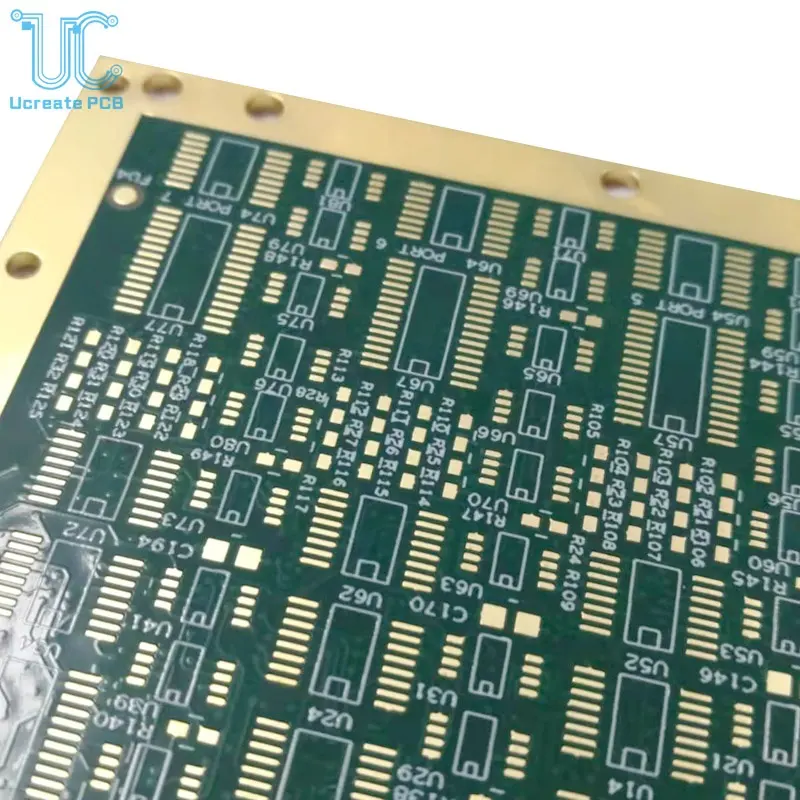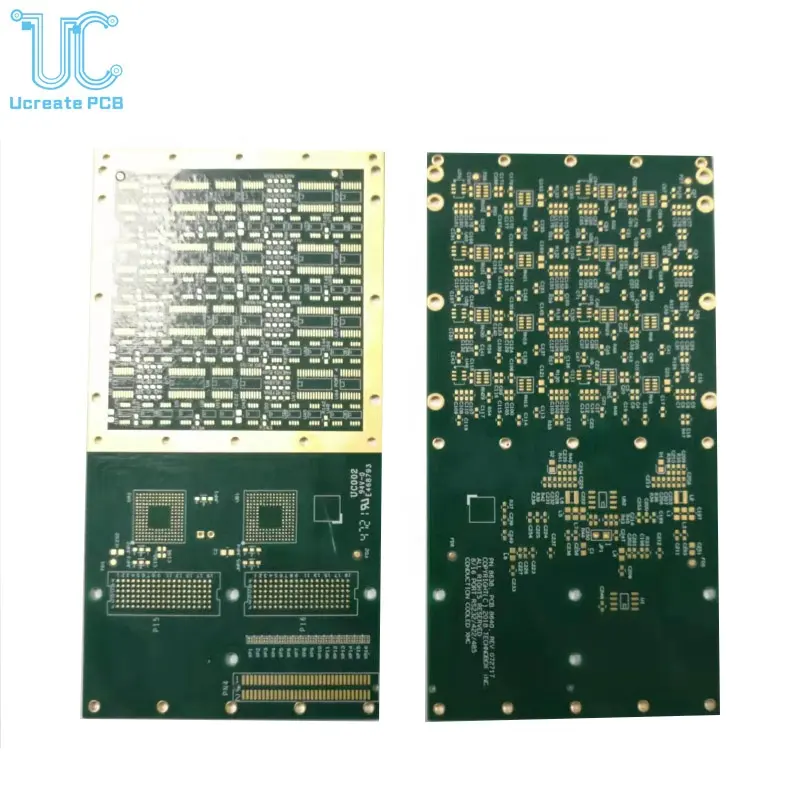What's pcb prototype?
2023-03-15
PCB prototype refers to the initial version of a printed circuit board (PCB) that is created for testing and evaluation purposes before mass production. PCBs are used in many electronic devices and are a crucial component in the design and production of electronic circuits.
Creating a prototype PCB involves designing a schematic and then laying out the components and circuit traces on a physical board. The prototype PCB is then manufactured using various techniques such as etching or milling. Once the prototype is completed, it can be tested to verify its functionality and performance.
The purpose of creating a PCB prototype is to test and refine the design before committing to mass production. This allows designers to identify and correct any design flaws or errors, as well as optimize the circuit's performance. Once the prototype is approved, the final design can be sent to a PCB manufacturer for mass production.
 In addition to testing and refining the design, PCB prototypes also enable designers to validate the feasibility and viability of their designs, especially for complex and advanced electronic devices. Prototyping also helps reduce the risk of costly mistakes and delays during mass production.
There are several methods for creating PCB prototypes, including:
Etching: This method involves transferring the circuit pattern onto a copper-clad board and etching the unwanted copper away.
Milling: A CNC milling machine is used to remove the unwanted copper from the board, leaving behind the circuit pattern.
3D Printing: This method uses a 3D printer to create a physical model of the PCB, including the conductive traces.
Breadboarding: Breadboarding involves creating a prototype on a breadboard, which is a board with a grid of holes that allow for easy prototyping without the need for soldering.
In addition to testing and refining the design, PCB prototypes also enable designers to validate the feasibility and viability of their designs, especially for complex and advanced electronic devices. Prototyping also helps reduce the risk of costly mistakes and delays during mass production.
There are several methods for creating PCB prototypes, including:
Etching: This method involves transferring the circuit pattern onto a copper-clad board and etching the unwanted copper away.
Milling: A CNC milling machine is used to remove the unwanted copper from the board, leaving behind the circuit pattern.
3D Printing: This method uses a 3D printer to create a physical model of the PCB, including the conductive traces.
Breadboarding: Breadboarding involves creating a prototype on a breadboard, which is a board with a grid of holes that allow for easy prototyping without the need for soldering.
 Overall, PCB prototyping is an essential step in the design and production of electronic circuits, enabling designers to refine their designs and test their functionality before committing to mass production.
Overall, PCB prototyping is an essential step in the design and production of electronic circuits, enabling designers to refine their designs and test their functionality before committing to mass production.


